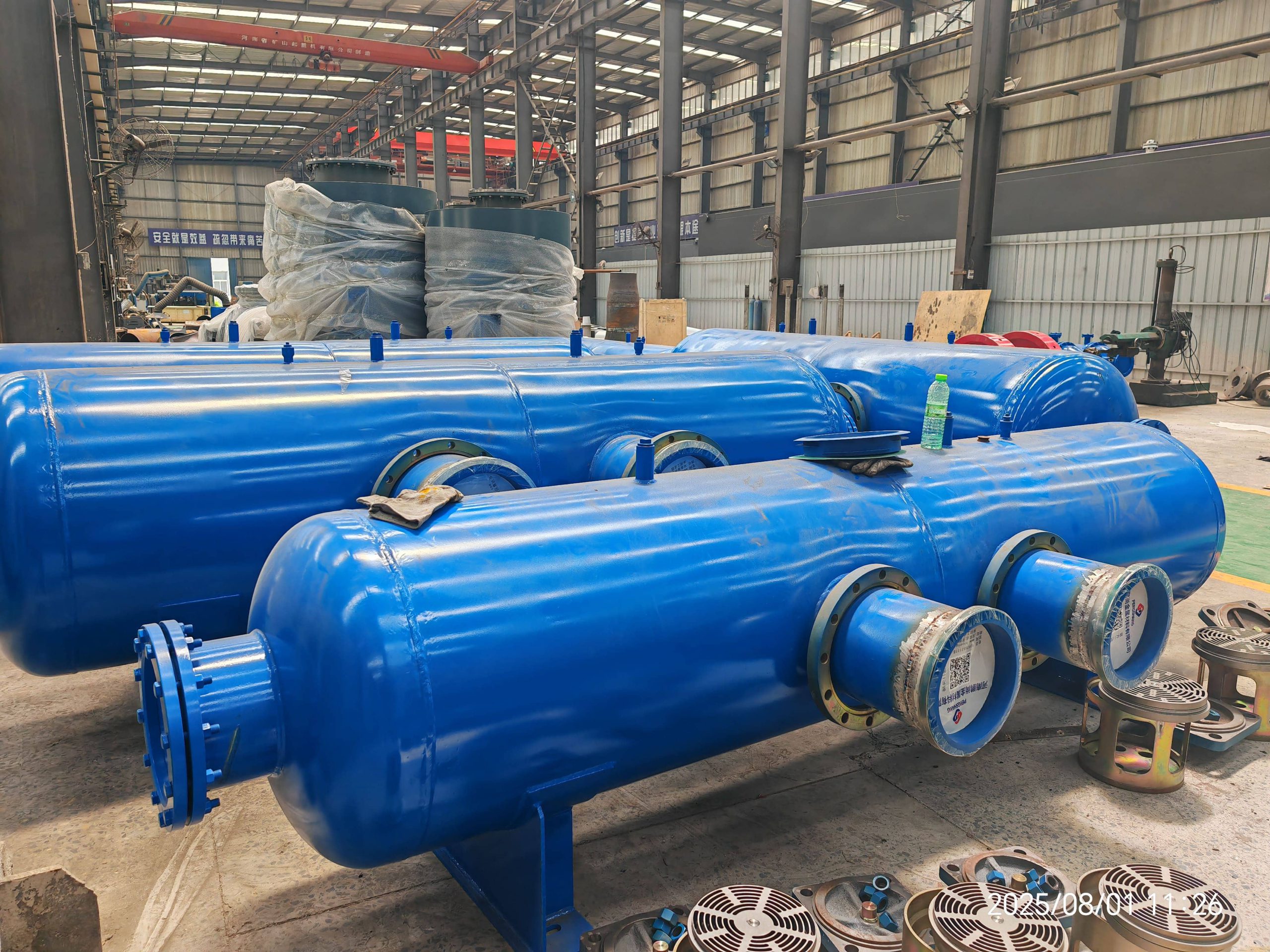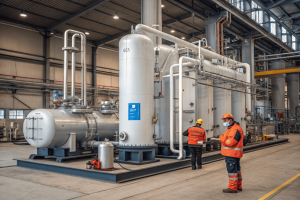What is a carbon dioxide recovery unit?
•
What is a carbon dioxide recovery unit?
Venting CO2 from your production process is like watching profits disappear into thin air. You are losing a valuable resource and missing a key opportunity for sustainable operations.
A carbon dioxide recovery unit is a system that captures CO2 emissions from industrial sources like breweries. It then purifies and liquefies the gas, transforming it from a waste product into a high-quality, reusable asset for your facility.

In my years as an engineer, I've seen these units become game-changers for many businesses. They are not just about environmental compliance; they represent a fundamental shift in how we view industrial byproducts. But beyond the concept, the practical questions of cost and application are what truly matter.
How much does a CO2 recovery system cost?
Worried about the price of a CO2 recovery system? The unknown cost can be a huge barrier, stopping a potentially profitable project before it even gets a proper evaluation.
A CO2 recovery system can cost anywhere from $100,000 to over a million dollars. The final price is determined by the system's capacity, the required CO2 purity, the level of automation, and specific installation requirements at your site.
The first question I always get from a potential client is about the price tag. While a specific number requires a detailed analysis, I can break down the factors that influence it. Understanding these components helps you see where the value lies and how the investment pays for itself.
Understanding the Investment
The cost is more than just the price of the equipment; it's a balance of capital expenditure (CAPEX) and operational expenditure (OPEX). The CAPEX includes the main components like the compressor, purification vessels, and liquefaction unit. It also covers engineering design and installation. The OPEX involves the energy needed to run the system, regular maintenance, and consumables like filter media. I worked with a mid-sized brewery whose system had a payback period of under two years, simply by eliminating their need to purchase external CO2 for carbonation. The return on investment (ROI) is the most critical part of the cost discussion.
| Cost Component | Description | Impact on Price |
|---|---|---|
| Capacity | How much CO2 is processed per hour (kg/hr) | High |
| Purity | The final purity level required (e.g., 99.99%) | High |
| Automation | Level of automated control vs. manual operation | Medium |
| Installation | Site-specific requirements, piping, electrical | Varies |
What kind of fuel is made from recycling CO2?
You've heard about turning CO2 into fuel, but it sounds like science fiction. Is this a realistic application, or just something happening in a research lab?
Recycling CO2 can produce synthetic fuels, often called e-fuels. By combining captured CO2 with hydrogen (produced from renewable energy), processes can create synthetic methane, methanol, gasoline, or even jet fuel, creating a closed carbon loop.

This area of technology is one of the most exciting frontiers in our field. While the primary application for our recovery units at FTL Machine is often for direct reuse in food or industrial processes, the potential to create fuel is enormous. It represents the ultimate step in a circular carbon economy.
The Path to E-Fuels
The process starts with a pure, reliable source of CO2, which is exactly what our recovery units provide. The next step is to get hydrogen, typically by splitting water using electricity in a process called electrolysis. When this electricity comes from renewable sources like wind or solar, the hydrogen is considered "green." The CO2 and hydrogen are then reacted together under specific temperatures and pressures using catalysts to form hydrocarbons. These hydrocarbons are the building blocks of fuel. While the technology is still developing and the costs are currently high, it holds the promise of creating carbon-neutral fuels for sectors that are difficult to electrify, like aviation and shipping. It's a long-term vision that starts with effective CO2 capture today.
Who needs a CO2 monitor?
Thinking about CO2 only in terms of emissions is a common mistake. Is the CO2 level in your facility something you should be actively monitoring for safety and quality reasons?
Anyone working in an enclosed space where CO2 is used or produced needs a CO2 monitor. This includes breweries, wineries, beverage bottling plants, grow houses, and any facility using CO2 for industrial processes or fire suppression systems.
Safety is the most important part of my job. CO2 is an asphyxiant. While it's a natural part of the air we breathe, high concentrations can displace oxygen and become incredibly dangerous, even fatal. It's a silent threat because it's odorless and colorless.
More Than Just Safety
A CO2 monitor is a non-negotiable safety device. In a brewery, for example, fermentation produces huge volumes of CO2. A leak in a tank or pipe could quickly fill a confined space like a cellar to dangerous levels. Monitors with alarms provide an essential early warning. But their use goes beyond safety. In controlled environments like greenhouses, monitoring and managing CO2 levels is critical for optimizing plant growth and crop yield. In the beverage industry, precise CO2 levels are essential for product quality and consistency. So, these monitors serve a dual purpose: they protect your people, and in many cases, they also protect your process and your product. It's a small device that plays a very big role in a well-run facility.
Conclusion
A CO2 recovery unit is a strategic investment in efficiency and safety. It turns waste into a resource, cuts costs, and, paired with monitors, ensures a secure working environment.
You may also be interested in:

Why is CO₂ recovery technology gaining popularity worldwide?
Why is CO₂ recovery technology gaining popularity worldwide? You see headlines about carbon capture everywhere. But you wonder if it's
Read more
How is a CO₂ recovery system designed to fit different industries?
How is a CO₂ recovery system designed to fit different industries? You're under pressure to implement a CO₂ recovery solution.
Read more
How energy-efficient are today’s CO₂ recovery technologies?
How energy-efficient are today’s CO₂ recovery technologies? You want to recover CO₂, but you fear that high electricity bills will
Read more